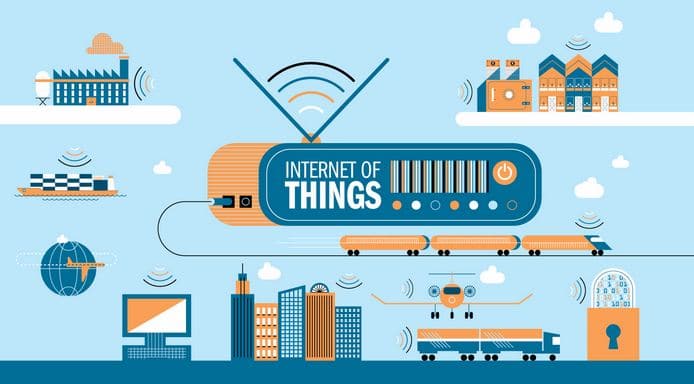
Thilak Kumar, regional engineering manager, Wind River, speaks to Janani Gopalakrishnan Vikram about the unfolding of the IoT. Last year, Wind River launched their Intelligent Device Platform and, together with Intel, they have created a complete hardware-software solution targeted towards addressing the needs of transportation, building automation, industrial automation, smart energy and smart homes.
By Janani Gopalakrishnan Vikram
Can you explain how the current vision of the Internet of Things (IoT) is different from the erstwhile industrial M2M applications?
Interestingly, the same question has spurred a lot of discussion on various forums, and has been addressed by different industry professionals in different ways. Some use both terms interchangeably, while others insist that they are different.

In my opinion, M2M was about connecting machines with other machines through network resources to monitor and control the ‘machine’ itself or the surrounding environment, while IoT is more about interacting with ‘things’ around us (where the ‘things’ could be machines, systems, people and even static non-intelligent objects) and augmenting such interactions with contexts such as geo-location, time and so on.
It could be about interacting with a book you are reading via QR codes or about finding more about a movie via NFC. A lot of people consider M2M to be a subset of IoT or as an enabler of IoT.
What do you think are the three main challenges in the way of the IoT’s growth?
While the ‘things’ are getting smarter, they are getting connected too (you can turn on the lights as you drive up to the house), and decisions are getting automated (shut down lights, A/C when no one is in the room). This connectivity allows full control remotely by the owner but at the same time brings in security risks that need to be addressed; also it is equally important that all of these devices need to be remotely managed. So, three important challenges would be to address connectivity, remote manageability and security.
Do you believe that mobile phone apps and the Cloud are central to the growth of the IoT? To what extent and for how long will these continue to bind the IoT together?
Monitoring and controlling ‘things’ in the connected world is very essential and a mobile app is one of the ways to enable that. Similarly, the purpose of connecting ‘things’ is to collect data and derive meaningful information out of them for making some smart decisions. With all the Big Data that will be generated by these millions or billions of devices, you will need a mechanism to store and process all of that.
The Cloud is definitely one of the best means to achieve that. So, mobile apps and the Cloud are very critical to the growth of the IoT. Mobile phones are ubiquitous today and using a mobile app is one of the easiest ways to support any human intervention required for monitoring and controlling. Likewise, the Cloud is the fastest and simplest way to set up an IoT infrastructure. Unless we find good alternatives to these, they will continue to be important to enable IoT.













